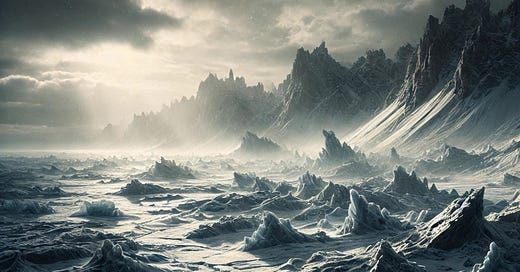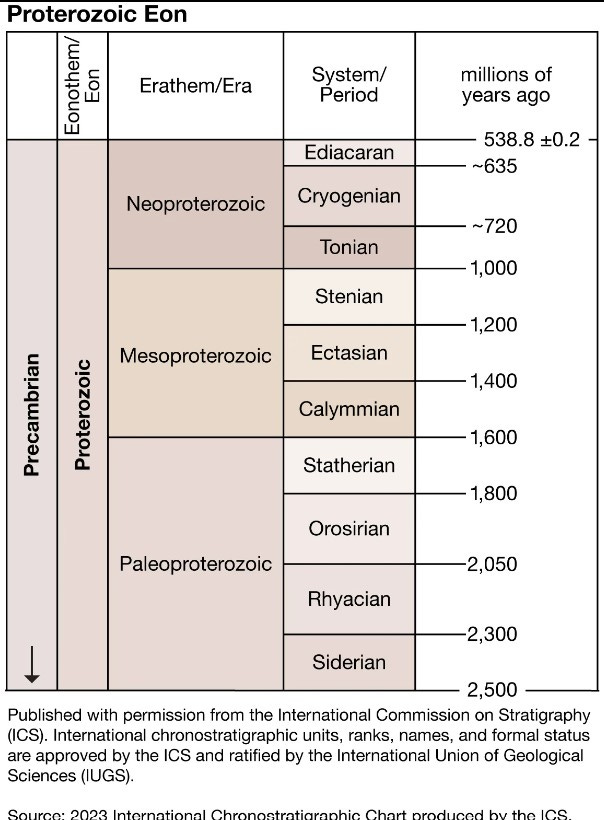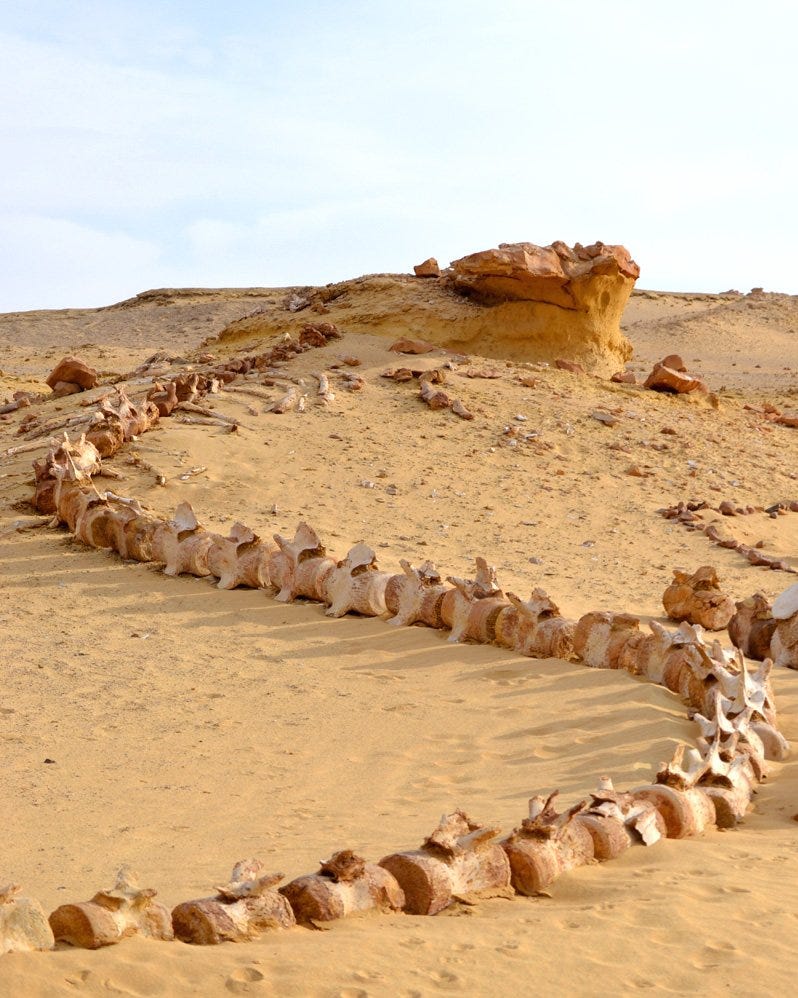Extreme Climate Shifts: From Snowball Earth to a Green Sahara and Ancient Whales Lost in the Sand
Climate change like you wouldn't believe
That Time Life on Earth Barely Made It: Snowball Earth
Imagine a world where ice stretches from pole to pole, enveloping the planet in a frigid grip so complete that even the equator is encased in ice. This isn’t a scene from a sci-fi movie but a plausible chapter in Earth’s history known as "Snowball Earth." Around 720 to 635 million years ago, during the Cryogenian period, our planet may have experienced global glaciations so extreme that nearly the entire surface was frozen. This was one of the most severe climatic events in Earth's history, and life teetered on the edge of survival.
The Snowball Earth hypothesis suggests that a combination of reduced greenhouse gases and a weaker sun led to runaway glaciation. As ice spread, the Earth's reflectivity, or albedo, increased, causing further cooling in a vicious feedback loop.
Geological evidence supports this scenario; glacial deposits have been found in ancient rocks at tropical latitudes, and paleomagnetic data confirms that these deposits were indeed formed near the equator.
It’s believed that life clung on in pockets of refuge, like hydrothermal vents on the ocean floor, cracks in the ice, or in isolated patches of open water near volcanic activity. Despite the harsh conditions, life not only survived but may have emerged stronger. The environmental pressures could have driven evolutionary leaps, setting the stage for the explosion of multicellular life that followed in the Ediacaran and Cambrian periods.
Eventually, volcanic activity released enough carbon dioxide to create a greenhouse effect, gradually warming the planet and melting the ice. As the glaciers receded, they released a rush of nutrients into the oceans, likely spurring a burst of biological activity.
Snowball Earth reminds us that climate on earth changes all the time, and that life is remarkably difficult to extinguish.
When the Sahara was green
The Sahara, the world’s largest hot desert, hasn’t always been the vast, arid expanse of sand and rock we know today. Over millions of years, the Sahara has experienced dramatic cycles of greening and drying, driven by shifts in Earth’s orbit and climate changes. These cycles, known as the African Humid Periods, transformed the Sahara from a barren desert into a lush landscape of lakes and rivers, teeming with vegetation and animal life, and back again. This process of climate change had profound effects on the human populations living in the region and played a critical role in the establishment of early communities in Upper Egypt.
The cycles of greening and drying are linked to changes in Earth’s axial tilt and orbit, known as Milankovitch cycles, which alter the distribution and intensity of sunlight reaching the planet. Roughly every 20,000 years, these shifts cause variations in monsoon patterns, bringing increased rainfall to the Sahara. Evidence of these green phases includes ancient lake beds, river channels, and rock art depicting animals like giraffes and cattle, which are inconceivable in today’s Sahara.
One of the most notable green periods occurred around 10,000 years ago, during the early Holocene epoch. But as the Earth’s orbit changed once more, monsoon rains weakened, and the Sahara began to dry up about 5,000 years ago. This transition forced humans and animals to migrate to more sustainable regions, particularly toward the Nile River. The Nile, with its predictable flooding and drying cycle, allowed them to maintain agricultural practices in a more stable environment.
The dramatic climate changes of the Sahara, thus, were not just environmental shifts but pivotal events that shaped the course of human history.
Why are there whale skeletons in the Sahara desert?
There was a time in Earth’s ancient geological history when one enormous ocean, the Tethys Sea, spanned vast regions of the globe, shaping the planet's geological and biological landscapes.
Extending from the late Paleozoic to the early Cenozoic eras, this ancient ocean separated the supercontinents of Gondwana and Laurasia. As tectonic plates shifted, the Tethys Sea gradually closed, giving rise to the Mediterranean, Black, and Caspian Seas and contributing to the uplift of monumental mountain ranges like the Alps and Himalayas.
One of the most fascinating legacies of the Tethys Sea is the presence of fossilized whale skeletons found in what is now the Sahara Desert. During the late Eocene epoch, around 40 to 50 million years ago, the region that is now North Africa was submerged under the shallow waters of the Tethys Sea. This area, far from the arid desert it is today, was a warm, shallow marine environment teeming with life. Early whale species, such as the Basilosaurus and Dorudon, thrived in these waters, adapting to their aquatic habitats during a critical period of evolutionary transition from land-dwelling to fully marine mammals.
As the Tethys Sea began to close due to the movement of the African and Eurasian tectonic plates, it left behind smaller seas and eventually disappeared, giving rise to new landforms, including the Sahara Desert. Over time, the water receded, and the seafloor was uplifted, transforming into the dry, sandy landscape we see today. This dramatic geological shift entombed the remains of marine life in the sediment, preserving them as fossils. Sites like Wadi Al-Hitan in Egypt, known as the "Valley of the Whales," have become famous for their abundance of well-preserved whale skeletons, providing invaluable insights into the evolution of whales and the ancient environments they once inhabited.
These fossil sites offer a glimpse into a world where the Sahara was not a desert but the bottom of a thriving deep sea marine habitat. The discovery of these ancient whale skeletons serves as a reminder of the dynamic and ever-changing nature of our planet, where oceans can turn to deserts and marine giants can be left behind in the sands, fossilized and waiting to tell their stories millions of years later







